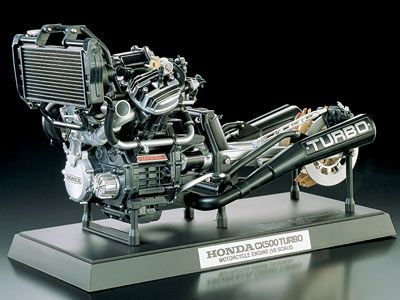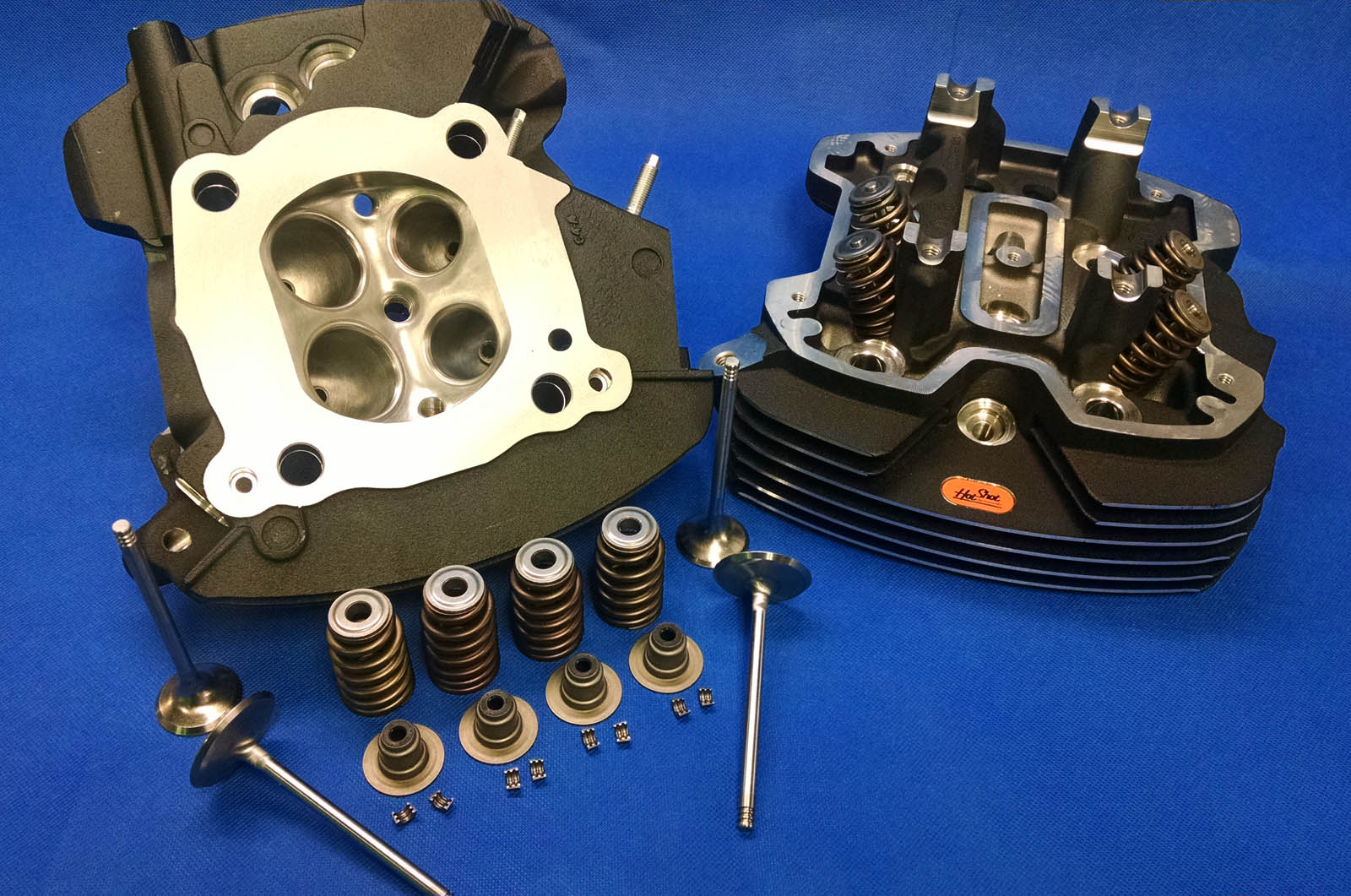heretolearn wrote: ↑25 Oct 2019, 05:08
Long time lurker, first time poster. I enjoy reading these forums because I am far from being an engineer (so please go easy on me). I'd like to contribute an update and follow it with a couple questions. According to multiple articles, including the one here:
https://www.hagerty.com/articles-videos ... -plane-v-8
the racecar, which must be based on at least 300 produced street cars, will have a DOHC flatplane crank V8 of 5.5L capacity. Thus, unless there is some loophole or waiver, at least some of the new cars will have a similar powertrain. Exhaust scavenging has been commonly mentioned as a reason for the switch away from a pushrod unit. This brings me to my questions.
The benefits of the pushrod seem to be many ( 1) weight 2) low COG 3) low/midrange torque 4) efficiency 5) cost 6) durability). Why would GM move away from a technology in their race car and some of their street cars if it seems to have so many benefits? Is it a combination of the importance of exhaust scavenging combined with the 5.5L displacement limit? If so, then why couldn't GM seek a waiver to run more than 5.5L of displacement in the race car as other manufacturers have done?
My other question is far more open ended. If one were to create a modern "unlimited" series a-la Can Am, would pushrods be the motor of choice due to packaging and the fact that for every additional bit of displacement one adds to an OHC engine, the additional weight and COG would be negate the additional horsepower created via better breathing? For the moderators, I would be happy to take this topic to a different forum if it is required. Thank you in advance!
Great question, but the answer is probably a bit different than you would imagine.
Consider the car in question, and the primary market. The US has long been the country of "go on green" and a maker of cars larger and heavier than most cars in the European markets. Big, wide roads, plenty of high speed limits on highways, "luxury" cars what were huge, and even in performance cars people that like low revs to help with sound control and such.
One must consider the relationships between torque and horsepower in your question. Make most of your torque down low in the rev range, and you get off the line acceleration, lower throttle application to get the car moving, taller gear ratios to keep revs down, etc. Make that same amount of torque higher in the rev range and you get more horsepower. With the right adjustment of gear ratios and such, the vehicle still accelerates as quickly, but might be turning more revs to do the same thing.
Pushrod engines have limits on revs as compared to OHC engines, thus they are better suited to engines that turn less revs to make their power. OHC engines can rev higher, thus the engine can be made to ensure the peak torque is at higher revs. Torque at higher revs becomes more horsepower, and horsepower wins races. OHC has more options for variable valve timing and lift, which is a great addition regardless of where you want to make your torque and horsepower. But it has more parts, is more complex, etc.... so for production costs if you can make the car perform with simple yet larger engines it's often most cost effective.
In a racing application, the cost and complexity are essentially out the window in favor of power to weight ratio, overall efficiency in terms of BSFC, packaging into the car helping balance, etc.
And as much as some like to get into the "which cars are better" debate, data shows US made cars sell better in the US, European made cars sell better in Europe. No shocker there. But the auto manufacturer has to look at the big picture, and the big picture shows that if the US car sells so much better in the US that they don't worry about sales in Europe, than that is what they will do. There are very few vehicles that actually breach well into the "global" market as we think of it.
More Corvettes sell in the US than the combined total of the top 5 or so European built cars in a same category. The inverse also applies. A 911 probably sells more in Europe than the next 5 US competitors in the class.
I would personally guess that as much as people claim it isn't a factor, myopic nationalism is a huge factor. I would bet money if Porsche built the "better" C8, designed exclusively for the US market, it would still not sell well in the US. And the inverse as well.
So, that said, for the US market the Corvette has long been one of the top "bang for the buck" performance cars for quite some time now. And the fact that they can offer the C8 for as little as they do it amazing IMO, pushrod engines or not. The fact that they won't do much to appease the rest of the worlds markets is really no surprise to me. Even if they did, they sales elsewhere would be small.



